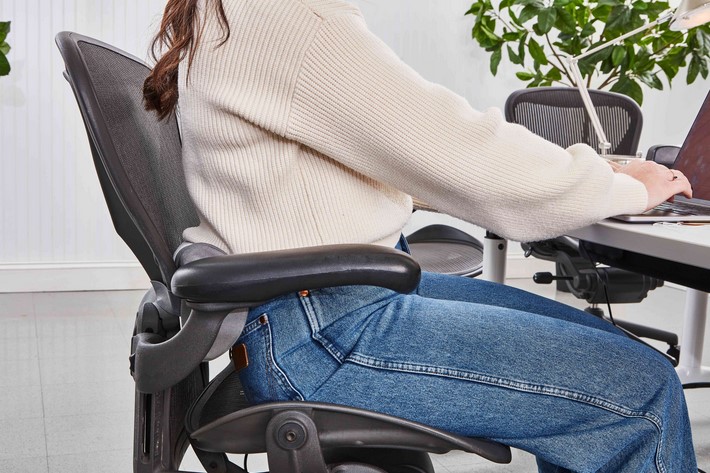Seat Support: Choosing Webbing for Chairs

Seat support is a crucial aspect of chair design, directly influencing comfort and durability. One popular method of creating seat support is through the use of webbing. Webbing for chairs is a strong, woven fabric that can be stretched across the frame of a chair to provide a firm but flexible base for cushions or upholstery. It comes in various materials, including jute, nylon, and polyester, each offering different levels of strength, elasticity, and longevity. The choice of webbing can significantly impact the chair’s overall comfort, durability, and aesthetic appeal, making it an important consideration in chair construction and restoration.
The Ultimate Guide to Choosing Webbing for Chairs: Enhancing Seat Support
Webbing for chairs is an essential component that plays a significant role in enhancing seat support. It is the unsung hero that ensures your chair is not only comfortable but also durable. However, choosing the right webbing for your chairs can be a daunting task, especially with the myriad of options available in the market. This article aims to provide you with the ultimate guide to choosing the right webbing for your chairs, ensuring optimal seat support.
Webbing is a strong, closely woven fabric that is used in upholstery to provide support for the cushions. It is typically made from a variety of materials, including jute, nylon, and polyester. Each material has its unique properties, making it suitable for different applications. Therefore, understanding the characteristics of each material is crucial in making an informed decision.
Jute webbing is a traditional choice that has been used in upholstery for centuries. It is made from natural fibers, making it environmentally friendly and biodegradable. Jute is known for its strength and durability, making it an excellent choice for heavy-duty applications. However, it is not as resilient as synthetic materials and may stretch over time, requiring occasional replacement.
On the other hand, nylon webbing is a modern alternative that offers superior strength and durability. It is resistant to abrasion, mildew, and UV rays, making it an excellent choice for outdoor furniture. Nylon webbing also has a high elasticity, allowing it to maintain its shape and support even after prolonged use. However, it is not as eco-friendly as jute and may not be the best choice if you are conscious about your environmental footprint.
Polyester webbing is another synthetic option that combines the best of both worlds. It offers the strength and durability of nylon with the environmental benefits of jute. Polyester is resistant to water, UV rays, and mildew, making it suitable for both indoor and outdoor applications. It also has a high tensile strength, ensuring that it can support heavy loads without stretching or breaking.
When choosing webbing for your chairs, it is also important to consider the weave. The weave determines the webbing’s strength, flexibility, and overall feel. A tight weave offers more support and durability but may not be as comfortable as a loose weave. Therefore, you need to strike a balance between comfort and durability based on your specific needs.
In conclusion, choosing the right webbing for your chairs is a critical decision that can significantly impact the comfort and longevity of your furniture. By understanding the different materials and weaves available, you can make an informed decision that meets your specific needs. Whether you prefer the traditional strength of jute, the modern resilience of nylon, or the balanced properties of polyester, there is a webbing option out there that is perfect for your chairs. Remember, the right webbing can enhance seat support, ensuring that your chairs are not only comfortable but also built to last.